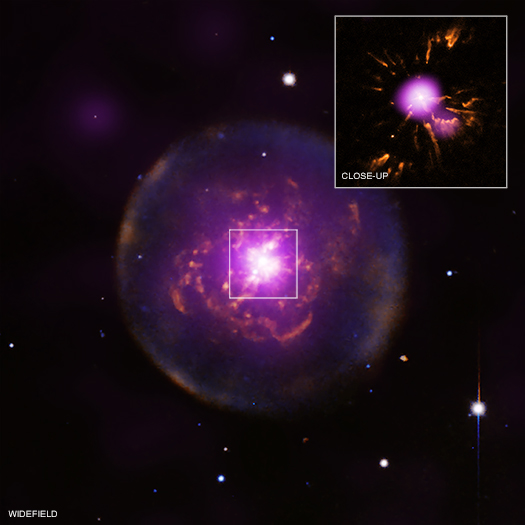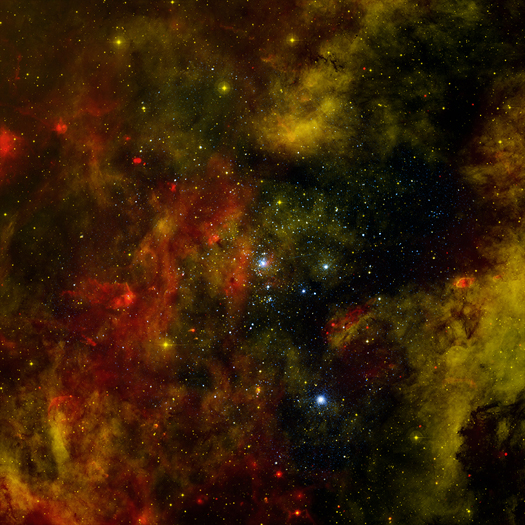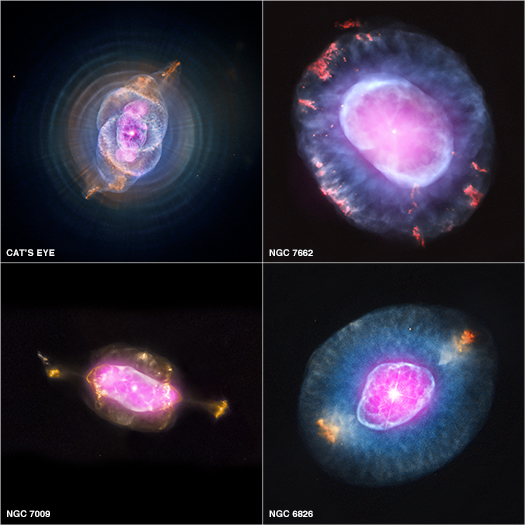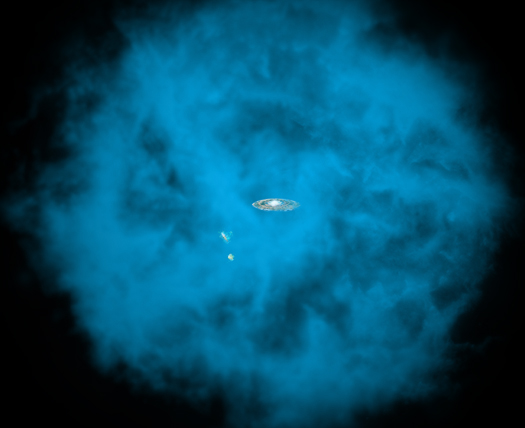Take Flight with the Crossley ID Guide: Sunrise, Sunset
Updated: 2012-12-18 18:10:09
 : , New in Print March Mathness Election 101 PUP Home Blog Dec 18 2012 Take Flight with the Crossley ID Guide : Sunrise , Sunset by Jessica Pellien Filed in : Birds and Natural History The Crossley ID Guide Twitter 9:00am EST Click on the photo above to view a larger . image One of the benefits of having so many plates devoted to one group of birds is that The Crossley ID Guide : Raptors can portray how raptors look in different types of . light Have you ever noticed that birds look orangey at sunup or sundown This can be confusing when trying to ID raptors based on their coloration . Be aware of this , and rely on plumage traits that are not color-related to make accurate IDs . The ability to see patterns as shades of gray” helps . And of course , structure and manner of flight are always
: , New in Print March Mathness Election 101 PUP Home Blog Dec 18 2012 Take Flight with the Crossley ID Guide : Sunrise , Sunset by Jessica Pellien Filed in : Birds and Natural History The Crossley ID Guide Twitter 9:00am EST Click on the photo above to view a larger . image One of the benefits of having so many plates devoted to one group of birds is that The Crossley ID Guide : Raptors can portray how raptors look in different types of . light Have you ever noticed that birds look orangey at sunup or sundown This can be confusing when trying to ID raptors based on their coloration . Be aware of this , and rely on plumage traits that are not color-related to make accurate IDs . The ability to see patterns as shades of gray” helps . And of course , structure and manner of flight are always
 Some of the biggest black holes in the Universe may actually be even bigger than previously thought, according to a study using data from NASA's Chandra X-ray Observatory.
Some of the biggest black holes in the Universe may actually be even bigger than previously thought, according to a study using data from NASA's Chandra X-ray Observatory. CURRENT ISSUE SUBSCRIBE DIGITAL EDITIONS RENEW GIVE A GIFT ARCHIVES CUSTOMER SERVICE THE MAGAZINE BLOGS HEALTH MEDICINE MIND BRAIN TECHNOLOGY SPACE PHYSICS LIVING WORLD ENVIRONMENT PHOTOS RSS MAGAZINE BLOGS TOPICS PHOTOS SEARCH RSS MAGAZINE TOPICS PHOTOS SEARCH Login Logout Newsletter RSS Customer Service Close Menu BLOGS Disco Blog 80beats Cosmic Variance Visual Science Gene Expression Not Exactly Rocket Science The Crux The Loom Collide-a-Scape Cosmic Variance A Moon With a View Does This Trampoline Violate the Laws of Physics By Julianne Dalcanton December 17, 2012 5:46 am Late last week , I ran across a spectacular video of a man being completely : awesome The video shows Christophe Hamel jumping falling hurtling off of walls , landing on a trampoline , and then bouncing up to land
CURRENT ISSUE SUBSCRIBE DIGITAL EDITIONS RENEW GIVE A GIFT ARCHIVES CUSTOMER SERVICE THE MAGAZINE BLOGS HEALTH MEDICINE MIND BRAIN TECHNOLOGY SPACE PHYSICS LIVING WORLD ENVIRONMENT PHOTOS RSS MAGAZINE BLOGS TOPICS PHOTOS SEARCH RSS MAGAZINE TOPICS PHOTOS SEARCH Login Logout Newsletter RSS Customer Service Close Menu BLOGS Disco Blog 80beats Cosmic Variance Visual Science Gene Expression Not Exactly Rocket Science The Crux The Loom Collide-a-Scape Cosmic Variance A Moon With a View Does This Trampoline Violate the Laws of Physics By Julianne Dalcanton December 17, 2012 5:46 am Late last week , I ran across a spectacular video of a man being completely : awesome The video shows Christophe Hamel jumping falling hurtling off of walls , landing on a trampoline , and then bouncing up to land This composite image shows the spiral galaxy NGC 3627, located about 30 million light years from Earth.
This composite image shows the spiral galaxy NGC 3627, located about 30 million light years from Earth. NGC 922 was formed by the collision between two galaxies - one seen in this image and another located outside the field of view.
NGC 922 was formed by the collision between two galaxies - one seen in this image and another located outside the field of view. : , CURRENT ISSUE SUBSCRIBE DIGITAL EDITIONS RENEW GIVE A GIFT ARCHIVES CUSTOMER SERVICE THE MAGAZINE BLOGS HEALTH MEDICINE MIND BRAIN TECHNOLOGY SPACE PHYSICS LIVING WORLD ENVIRONMENT PHOTOS RSS December 2012 ABOUT THE MAGAZINE About Us Issue Archive Subscribe E-mail Newsletter Contact Us Press Room Terms of Use Current Issue Special Issues Advertise RSS Customer Service Privacy Policy DEPARTMENTS 20 Things You Didn't Know About . Big Idea Editor's Note Out There The Brain 5 Questions Discover Interview Hot Science Saints Sinners Vital Signs RECENT OUR BLOGS Gene Expression The Crux Visual Science Cosmic Variance Not Exactly Rocket Science Discoblog 80beats The Loom RECENT TOPICS biotechnology diabetes womenâ s health genes health heart disease vaccines malaria family health stem cell
: , CURRENT ISSUE SUBSCRIBE DIGITAL EDITIONS RENEW GIVE A GIFT ARCHIVES CUSTOMER SERVICE THE MAGAZINE BLOGS HEALTH MEDICINE MIND BRAIN TECHNOLOGY SPACE PHYSICS LIVING WORLD ENVIRONMENT PHOTOS RSS December 2012 ABOUT THE MAGAZINE About Us Issue Archive Subscribe E-mail Newsletter Contact Us Press Room Terms of Use Current Issue Special Issues Advertise RSS Customer Service Privacy Policy DEPARTMENTS 20 Things You Didn't Know About . Big Idea Editor's Note Out There The Brain 5 Questions Discover Interview Hot Science Saints Sinners Vital Signs RECENT OUR BLOGS Gene Expression The Crux Visual Science Cosmic Variance Not Exactly Rocket Science Discoblog 80beats The Loom RECENT TOPICS biotechnology diabetes womenâ s health genes health heart disease vaccines malaria family health stem cell A jet of X-rays from a supermassive black hole 12.4 billion light years from Earth has been detected by NASA's Chandra X-ray Observatory. This is the most distant X-ray jet ever observed.
A jet of X-rays from a supermassive black hole 12.4 billion light years from Earth has been detected by NASA's Chandra X-ray Observatory. This is the most distant X-ray jet ever observed. Coast to Coast AM Live Nightly 1am-5am EST 10pm-2am PST HOME SHOWS Recent Shows Show Archive Classic Shows Upcoming Shows GUESTS Recent Guests Guest Archive ARTICLES Recent Articles Article Archive In The News Polls MEDIA Photos Videos Submit Your Photo Submit Your Video HOSTS George Noory George Noory's Calendar George Knapp Ian Punnett John B . Wells STATIONS COAST INSIDER STORE Merchandise iPhone App Free E-Newsletter HOME SHOWS UPCOMING GUESTS ARTICLES POLLS PHOTOS VIDEO-AUDIO INSIDER STATIONS HOSTS CONTACT About Contact Site Map FAQs Submissions Home Guests Sean Carroll guests Tweet Sean Carroll Websites cosmicvariance.com preposterousuniverse.com Books Spacetime and Geometry From Eternity to Here : The Quest for the Ultimate Theory of Time The Particle at the End of the Universe :
Coast to Coast AM Live Nightly 1am-5am EST 10pm-2am PST HOME SHOWS Recent Shows Show Archive Classic Shows Upcoming Shows GUESTS Recent Guests Guest Archive ARTICLES Recent Articles Article Archive In The News Polls MEDIA Photos Videos Submit Your Photo Submit Your Video HOSTS George Noory George Noory's Calendar George Knapp Ian Punnett John B . Wells STATIONS COAST INSIDER STORE Merchandise iPhone App Free E-Newsletter HOME SHOWS UPCOMING GUESTS ARTICLES POLLS PHOTOS VIDEO-AUDIO INSIDER STATIONS HOSTS CONTACT About Contact Site Map FAQs Submissions Home Guests Sean Carroll guests Tweet Sean Carroll Websites cosmicvariance.com preposterousuniverse.com Books Spacetime and Geometry From Eternity to Here : The Quest for the Ultimate Theory of Time The Particle at the End of the Universe : These images of the planetary nebula Abell 30, (a.k.a. A30), show one of the clearest views ever obtained of a special phase of evolution for these objects.
These images of the planetary nebula Abell 30, (a.k.a. A30), show one of the clearest views ever obtained of a special phase of evolution for these objects. The Milky Way and other galaxies in the universe harbor many young star clusters and associations that each contain hundreds to thousands of hot, massive, young stars known as O and B stars.
The Milky Way and other galaxies in the universe harbor many young star clusters and associations that each contain hundreds to thousands of hot, massive, young stars known as O and B stars. One of the lowest mass supermassive black holes ever observed in the middle of a galaxy has been identified, thanks to NASA's Chandra X-ray Observatory and several other observatories.
One of the lowest mass supermassive black holes ever observed in the middle of a galaxy has been identified, thanks to NASA's Chandra X-ray Observatory and several other observatories.  This gallery shows four planetary nebulas from the first systematic survey of such objects in the solar neighborhood made with NASA's Chandra X-ray Observatory.
This gallery shows four planetary nebulas from the first systematic survey of such objects in the solar neighborhood made with NASA's Chandra X-ray Observatory. Astronomers have used NASA's Chandra X-ray Observatory to find evidence our Milky Way Galaxy is embedded in an enormous halo of hot gas that extends for hundreds of thousands of light years.
Astronomers have used NASA's Chandra X-ray Observatory to find evidence our Milky Way Galaxy is embedded in an enormous halo of hot gas that extends for hundreds of thousands of light years.